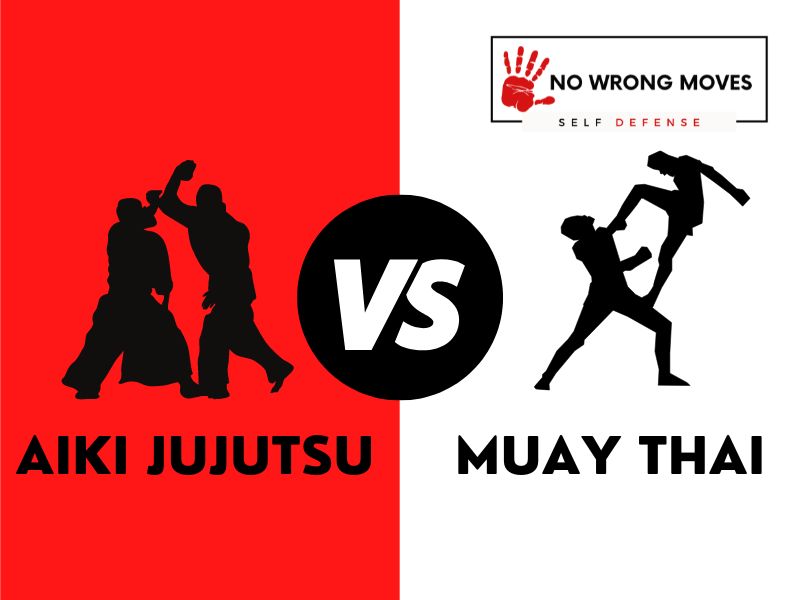
- What We Know About Aiki Jujutsu
- What We Know About Muay Thai
- Key Elements Of Aiki Jujutsu
- Key Elements Of Muay Thai
- Aiki Jujutsu Rankings & Levels
- Muay Thai Rankings & Levels
- Aiki Jujutsu Vs Muay Thai Attire
- What A Typical Aiki Jujutsu Training Session Looks Like
- What A Typical Muay Thai Training Session Looks Like
- Aiki Jujutsu Movies
- Muay Thai Movies
- Conclusion: Aiki Jujutsu Vs. Muay Thai
Today, we are going to end the long-standing debate between aiki jujutsu and muay Thai!
People--especially those online!--often have heated back-and-forths about which discipline is better.
Some say that aiki jujutsu wins because it's more fluid and instinctive, while others argue that muay Thai edges out because it's more powerful and straightforward. So which is it and why?
Well...
The main difference between aiki jujutsu and Muay Thai is their focus. Aiki Jujutsu focuses on throws and joint locks, while muay Thai focuses on using all eight limbs. Both martial arts are effective and have a long history.
Aiki jujutsu is Japanese, while muay Thai originated in Thailand. They both focus on striking, but the techniques they use are different. Aiki jujutsu uses atemi (strikes to vital points), kansetsu-waza (joint locks), and nage-waza (throws). Muay Thai uses punches, kicks, knees, and elbows.
The techniques used in each martial art reflect their different focuses. Aiki jujutsu is more focused on disabling an opponent, while Muay Thai is more focused on causing damage. As a result, each martial art has its own advantages and disadvantages.
Those who practice Muay Thai say that its use of all eight limbs gives it an advantage in self-defense situations, as it allows for more effective striking.
On the other hand, Aiki Jujutsu practitioners argue that their focus on joint locks and throws allows them much more leeway to control an opponent, and also allows them to win bouts despite being smaller or weaker.
If you are trying to decide which one to take up as a hobby or for self-defense, then you'll want to keep reading! We've made some more helpful comparisons between aiki jujutsu and muay Thai below.
What We Know About Aiki Jujutsu
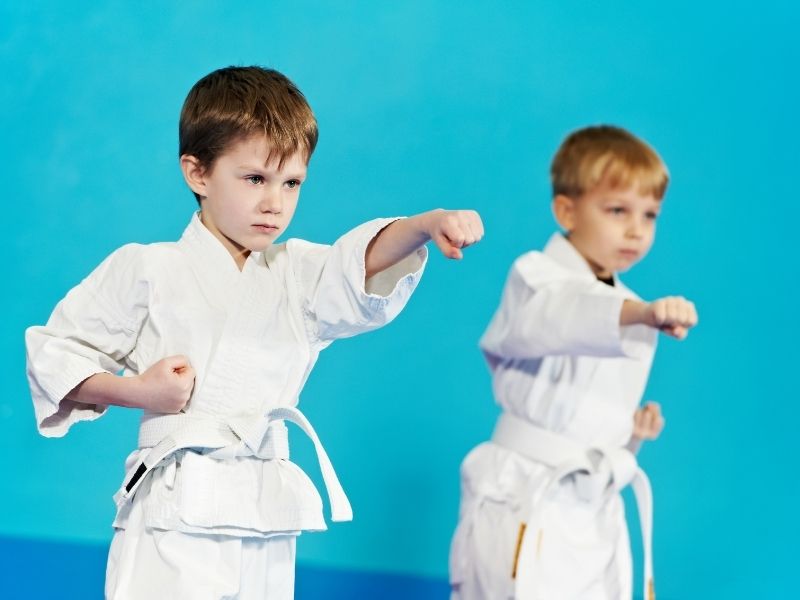
Aiki Jujutsu utilizes harmonizing an opponent's energy with your own internal energy in order to redirect it according to your needs. This is done by blending with their force instead of colliding with it, which would stop it in its tracks.
A practitioner of Aiki Jujutsu uses the striking and evasive techniques of kempo-jutsu to position their body close to their opponent before following with linear, diagonal, or circular movements to redirect the opponent's energy.
The throwing techniques of aiki jujutsu are almost completely dependent upon the atemi of kempo-jutsu.
With masterful skill, a practitioner can apply aiki jujutsu throwing techniques by blending with their opponent's energy.
Generally though, applying an appropriate aiki jujutsu throwing technique will disrupt an opponent's balance and send them down on the ground.
The history of aiki jujutsu can be traced back to the Shinmei-ryu school of swordsmanship founded by Takenouchi Hisamori in the early 1600s. One of Hisamori's students, Takeda Sokaku, is credited with developing aiki jujutsu from the techniques he learned from Hisamori.
Sokaku passed on his knowledge to his son, Takeda Tokimune, who continued to teach and develop the art until his death in 1943.
Morihei Ueshiba continued to develop the art, creating aikido, a modernized version of aiki jujutsu.
Aiki Jujutsu can still be used for self-defense or as a form of physical and mental exercise. It teaches control over one's own body and mind as well as efficiently using an opponent's energy against them.
What We Know About Muay Thai
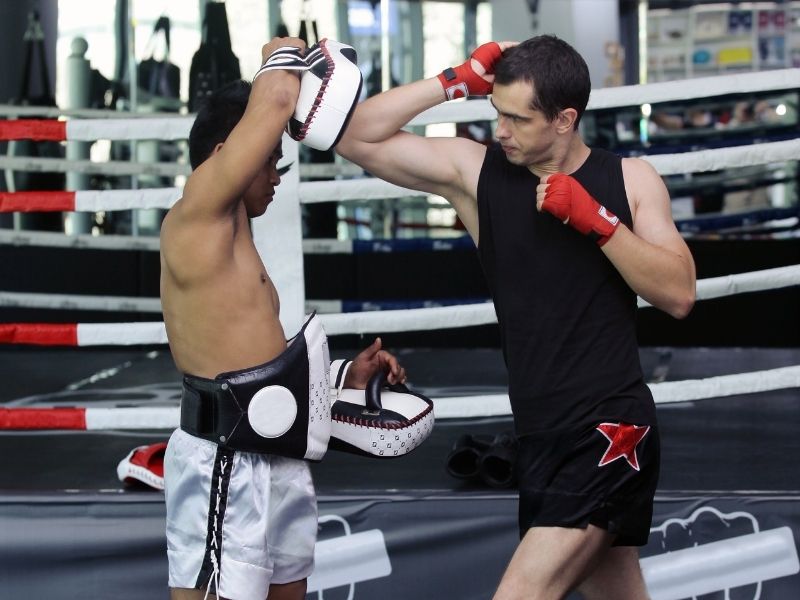
Muay Thai is a martial art that originates, like we'd said, from Thailand. It is popularly known as "the art of eight limbs," because it makes use of... well, eight limbs!
Punches, kicks, elbows, and knees--all of these are used to their full effectiveness in muay Thai, and this makes it an incredibly effective martial art. It's even been used by the Thai military for centuries now. And yes, muay Thai training is grueling, but it is also very rewarding.
Muay Thai practitioners develop from incredibly conditioning which vastly improves their strength, speed, and reflexes. They also learn to control their breath and movement in order to generate maximum power.
If you are interested in learning muay Thai, you can find classes at most martial arts gyms! It's a very popular martial art, after all, so finding a gym should be pretty easy.
Just be prepared to put in the work. We're serious about muay Thai not being for the faint of heart!
Of course, this is only a brief history and understanding of Aiki Jujutsu and Muay Thai. If you want to go deeper into either art, be sure to check out the following posts:
Now, back to the comparison...
Let's look at the origins of the respective disciplines and then compare the key elements of their practices. You'll be able to understand some of their similarities and differences a bit better afterwards.
| Aiki Jujutsu | Muay Thai | |
| Origins | Japanese | Thai |
Key Elements Of Aiki Jujutsu
One of the fundamental principles in Aiki Jujutsu is the use of leverage and balance to gain an advantage over one's opponent. This involves the strategic application of force and momentum to manipulate an opponent's body, making it easier to control and overpower them.
Another essential component of Aiki Jujutsu is the use of body movement and positioning.
By carefully positioning one's body in relation to the opponent, a practitioner can create openings for attacks or defensive maneuvers. This requires a high degree of spatial awareness and precision in movement.
Joint locks and throws are powerful techniques that can be used to subdue an opponent quickly and efficiently.
These maneuvers involve applying pressure to a joint or manipulating an opponent's balance to throw them to the ground. They require a thorough understanding of anatomy and a high degree of technical skill.
One of the most advanced techniques in Aiki Jujutsu is the ability to blend with the motion of an attacker. This involves moving in a way that allows a practitioner to avoid incoming attacks while simultaneously positioning themselves to counterattack.
It requires an acute awareness of an opponent's movements and a high level of skill in evasive maneuvers.
Next, up here in Aiki Jujutsu is breath control. By learning to regulate their breathing, practitioners can maintain their focus and energy levels, even in the face of physical exertion and stress.
Mental focus and calmness in the face of adversity are critical traits for any Aiki Jujutsu practitioner.
And speaking from personal experience, if you're knee deep into a fight, you'll want to know how to maintain a clear head and a calm demeanor, even in the face of obvious danger.
This requires mental fortitude and the ability to stay focused under pressure, the kind that Aiki Jujutsu will teach you.
Finally, one of the most powerful parts of this martial art is its ability to use an attacker's energy against them.
By skillfully redirecting an opponent's momentum, a practitioner can use their strength and force to overpower them. Of course, this requires a deep understanding of physics and a high degree of technical skill--which, trust me, your training will be able to give you in spades.
Key Elements Of Muay Thai
Just like with aiki jujutsu, there are lots of key elements that make up muay Thai, and they're all important for their own reasons. These key elements include the following:
- Stance, which will dictate how you move and attack.
- Footwork, which you need to dodge attacks and get into position to strike your opponent.
- The use of all eight limbs--from your arms to deliver punches, legs to launch kicks, elbows to bring down elbow strikes, and knees to use knee strikes.
- Clinching, a hallmark in muay Thai that's used to set up takedowns and strikes.
Another thing I think is important to look at is the different rankings and levels in each art.
If you are looking to take up either Aiki Jujutsu or Muay Thai, whether it's as a hobbyist or as a competitor, then you'll need to understand the different levels of proficiency in the sport, as well as what exactly is required for testing and ranking.
Aiki Jujutsu Rankings & Levels
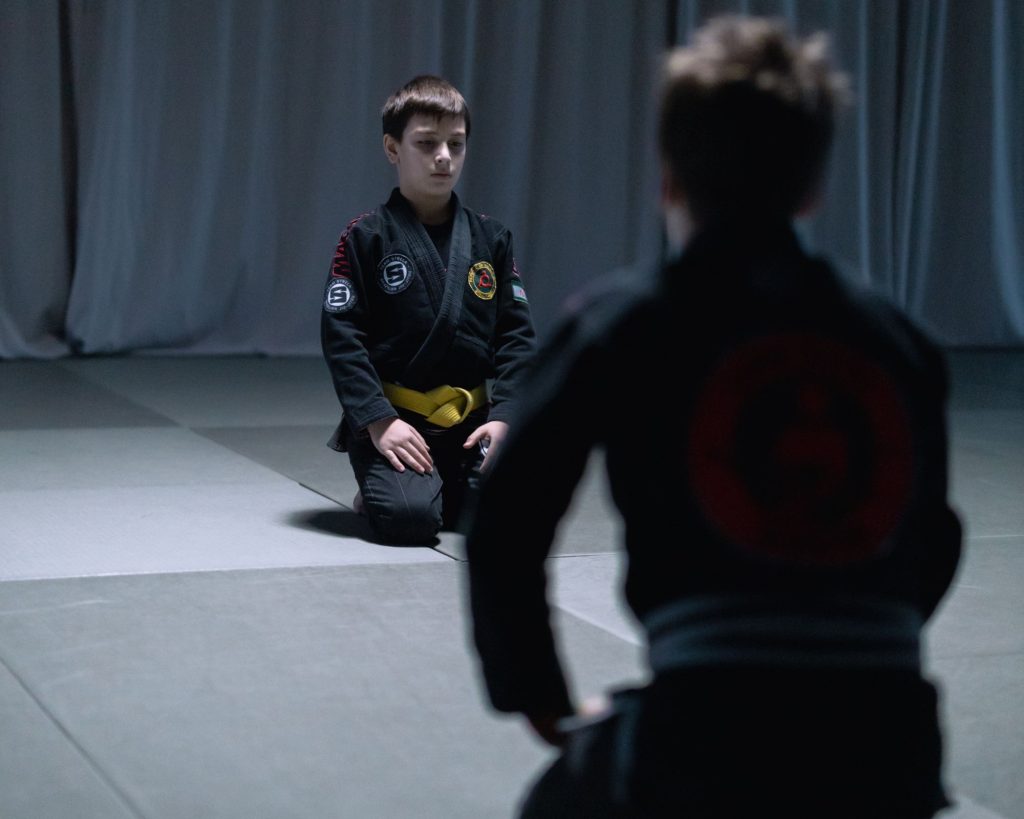
There are three levels in aiki jujutsu: beginner, intermediate, and advanced.
The beginner level is for students who are new to the art and still learning the basics. At this level, students learn how to defend themselves against basic attacks and how to execute basic moves.
The intermediate level is for students who have mastered the basics and are now learning more advanced techniques. At this level, students learn how to defend themselves against more advanced attacks, and they learn how to how to execute more complex moves.
The advanced level is where things get really spicy. It's for students who have mastered the intermediate level and are now learning the most advanced techniques.
At this level, students learn how to defend themselves against the most advanced attacks and how to execute the most complex moves.
Muay Thai Rankings & Levels
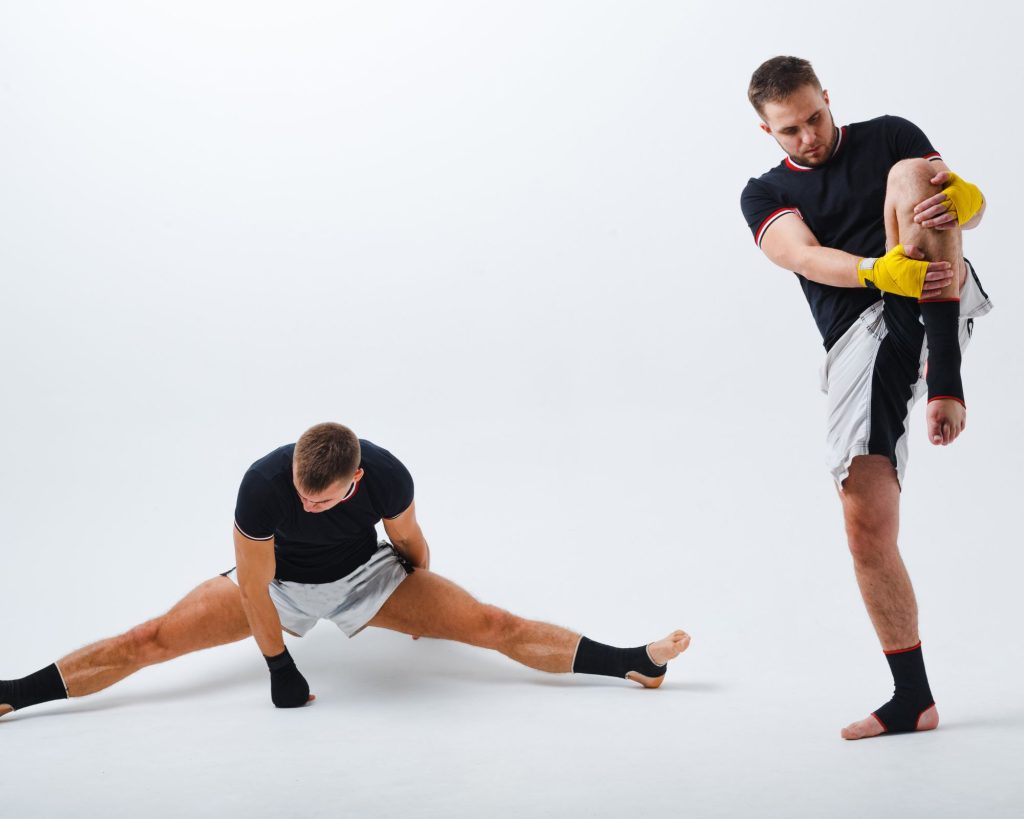
The title for this section is... probably a bit misleading, because there are no ranks in Muay Thai. It doesn't use a belt system to indicate a practitioner's rank or status.
Unlike in other martial arts disciplines like Karate, Muay Thai fighters don't wear belts or any other symbols of their level of experience or expertise.
This is in no small part due to the fact that traditional Muay Thai has its roots in professional fighting, where a fighter's skill and success in the ring are the only indicators of their ability.
The goal of many Muay Thai fighters is to compete and win championship belts, rather than to climb a rank ladder like in other martial arts disciplines. As such, practitioners focus on perfecting their training and honing their skills, so that they can rise to the top of the competition.
This means that in both traditional and modern Muay Thai gyms, sparring partners are often paired up randomly, rather than by belt colour or rank.
Ahh, but that doesn't mean that there isn't any structure or order in Muay Thai gyms. Specifically, fighters' skill levels, experience, and the quality of their victories are all taken into account when ranking them.
So while there isn't a definite belt system per se in Muay Thai, there are still ways to recognize and respect a fighter's skill and ability.
One last thing: if you already have experience training in martial arts, you may be familiar with the practice of pairing students of similar rank or experience level for sparring.
In Muay Thai, the same principle applies, but there is no formal way to keep track of who is a student and who isn't. Instead, fighters of all levels and backgrounds are welcome to spar with each other, allowing for a diverse, challenging, and trust me, interesting training experience.
Aiki Jujutsu Vs Muay Thai Attire
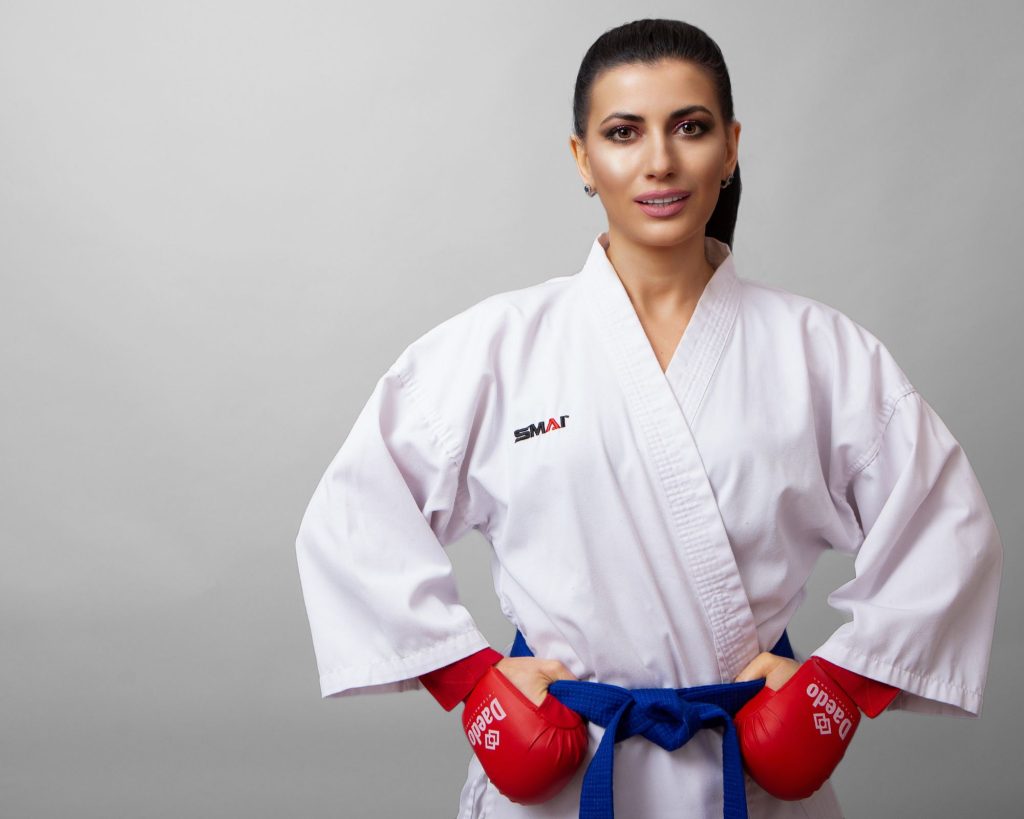
This section simply compares the clothing and uniforms that practitioners wear in combat.
Aiki Jujutsu Attire
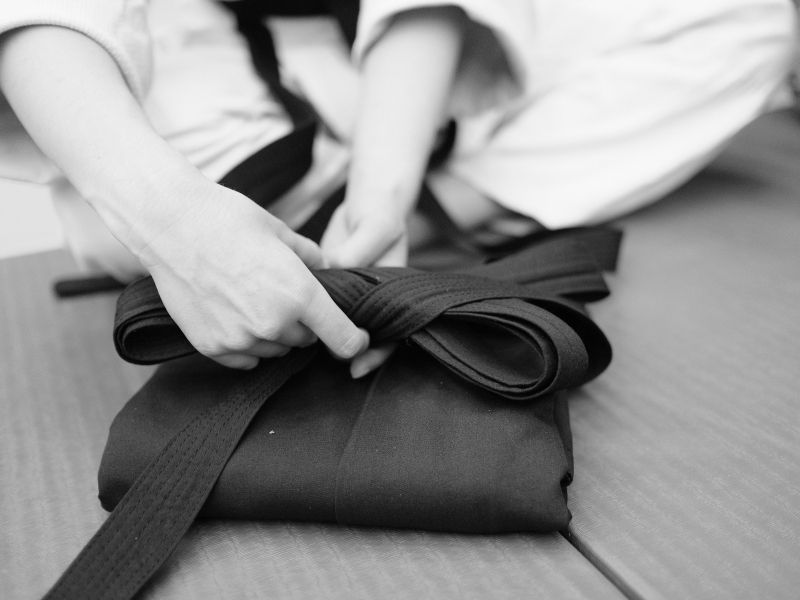
In terms of attire, Aiki Jujutsu practitioners typically wear a traditional dogi and hakama. This allows for better gripping and movement during techniques.
Muay Thai Attire:
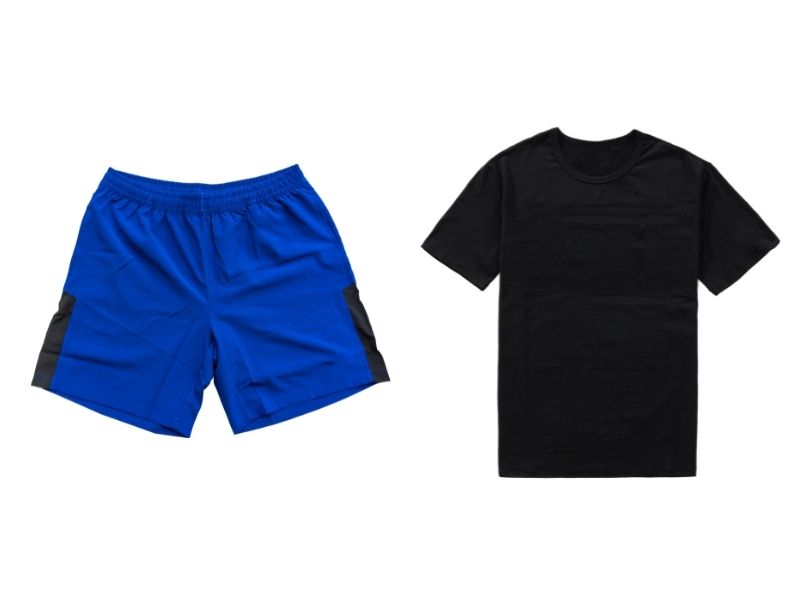
Most muay Thai practitioners wear shorts and a plain t-shirt, though some may choose to wear a robe called a "mung ten" when they are not fighting. The shorts and t-shirt are designed to be light and airy, so that they don't inadvertently restrict a fighter's movement.
Many fighters also choose to adorn themselves with traditional Thai jewelry, including brass rings, sacred cords, and even tattoos.
These items are believed to bestow good luck upon the wearer and help to protect them in battle. As such, they are considered a fairly valuable part of the Muay Thai experience.
What A Typical Aiki Jujutsu Training Session Looks Like
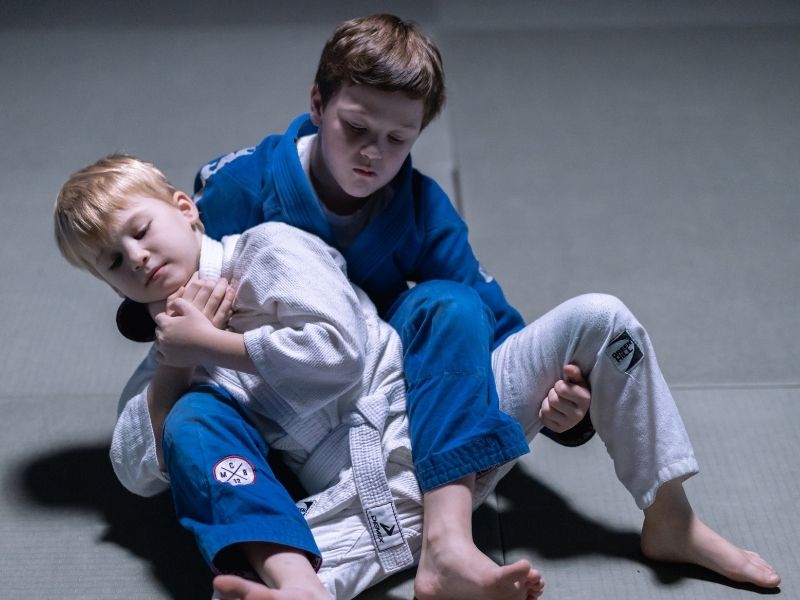
A typical aiki jujutsu practice session may start with a few minutes of warm-ups, such as joint rotations and light stretches. This is followed by practicing techniques, which may include throws, locks, and pins. The session usually ends with some relaxation exercises and a cool-down.
One of the most commonly used techniques in aiki jujutsu is the wristlock. This involves controlling an opponent's wrist and using their own momentum to throw them off balance.
In addition to physical technique, aiki jujutsu also emphasizes mental and spiritual development. This includes cultivating a strong mind-body connection and developing qualities such as patience and awareness.
What A Typical Muay Thai Training Session Looks Like
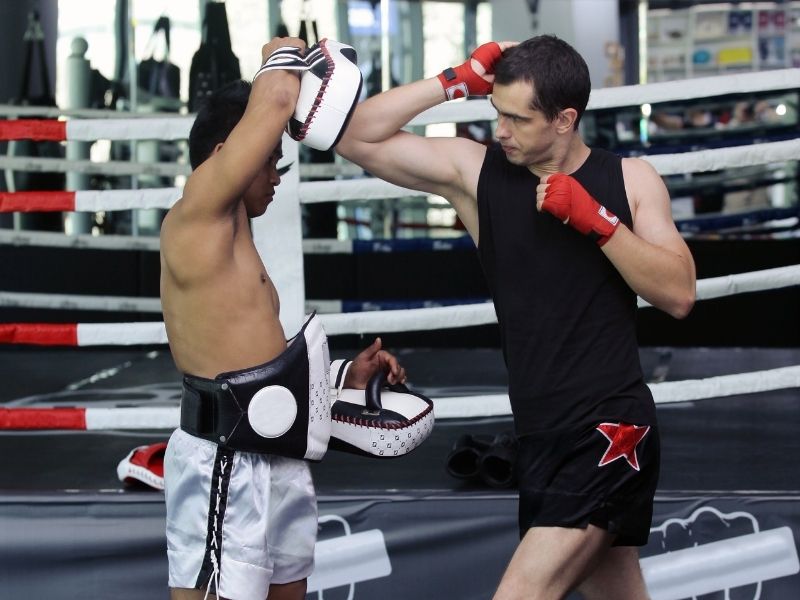
Warming Up
Most Muay Thai practice classes will start with a warm-up. This usually consists of light jogging, shadowboxing, and calisthenics. The purpose of the warm-up is to get your heart rate up and to loosen up your muscles.
Technique Training
After the warm-up, the majority of the class will be dedicated to technique training. This is where you will learn the various strikes, blocks, and sweeps that are used in Muay Thai. The instructor will usually demonstrate a technique and then have the students practice it.
Pad Work
Pad work is an important part of Muay Thai training as it allows you to put your techniques into practice against a resisting opponent. Pad work will usually be done in pairs, with one student holding pads while the other student throws strikes.
Sparring
Sparring is another important part of Muay Thai training as it allows you to apply your techniques in a live situation. Sparring is usually done with protective gear such as gloves, shin guards, and headgear. It is important to spar safely and not to use excessive force when sparring with a partner.
Cool Down
Most Muay Thai classes will end with a cool down. This usually consists of light jogging and stretching. The purpose of the cool down is to gradually lower your heart rate and to prevent muscle soreness.
If the last few sections have been a bit full-on or too technical, you will like this next section! Why? Because who doesn't love a good martial arts flick?
Both Aiki Jujutsu and Muay Thai have been featured in a number of films and TV shows, so if you want to learn more about them, then entertain yourself with the following. 👊
Aiki Jujutsu Movies
These are some of the top movies and shows with Aiki Jujutsu in them:
- The Bourne Identity (2002)
- Kill Bill: Volume 1 (2003)
- The Protector (2005)
- The Matrix Reloaded (2003)
- Ong Bak (2003)
- Daredevil (TV series, 2015-2018)
- The Wolverine (2013)
- Arrow (TV series, 2012-2020)
- John Wick (2014)
- 13 Assassins (2010)
- The Raid (2011)
In Ong Bak, the main character must travel to Bangkok to recover a stolen Buddhist statue, using his Muay Thai skills to fight off villains along the way.
In The Protector, Tony Jaa plays a man on a mission to rescue kidnapped elephants, utilizing his Muay Thai abilities to battle against his enemies.
In Daredevil, a blind martial artist learns to use his heightened senses of hearing and touch to take down organized crime in the fictional neighborhood of Hell's Kitchen.
Muay Thai Movies
Some movies that have Muay Thai in them that you may have heard of include:
- Ong Bak (2003)
- The Protector (2005)
- Kickboxer (1989)
- Only God Forgives (2013)
- Universal Soldier: Regeneration (2009)
Kickboxer follows a man seeking revenge for his disabled brother, training in Muay Thai to defeat the man responsible.
Only God Forgives features Ryan Gosling as a drug smuggler in Bangkok who must face off against a ruthless policeman using his Muay Thai skills.
In Universal Soldier: Regeneration, Dolph Lundgren's character must use his Muay Thai training to defeat a group of terrorists and save hostages.
Conclusion: Aiki Jujutsu Vs. Muay Thai
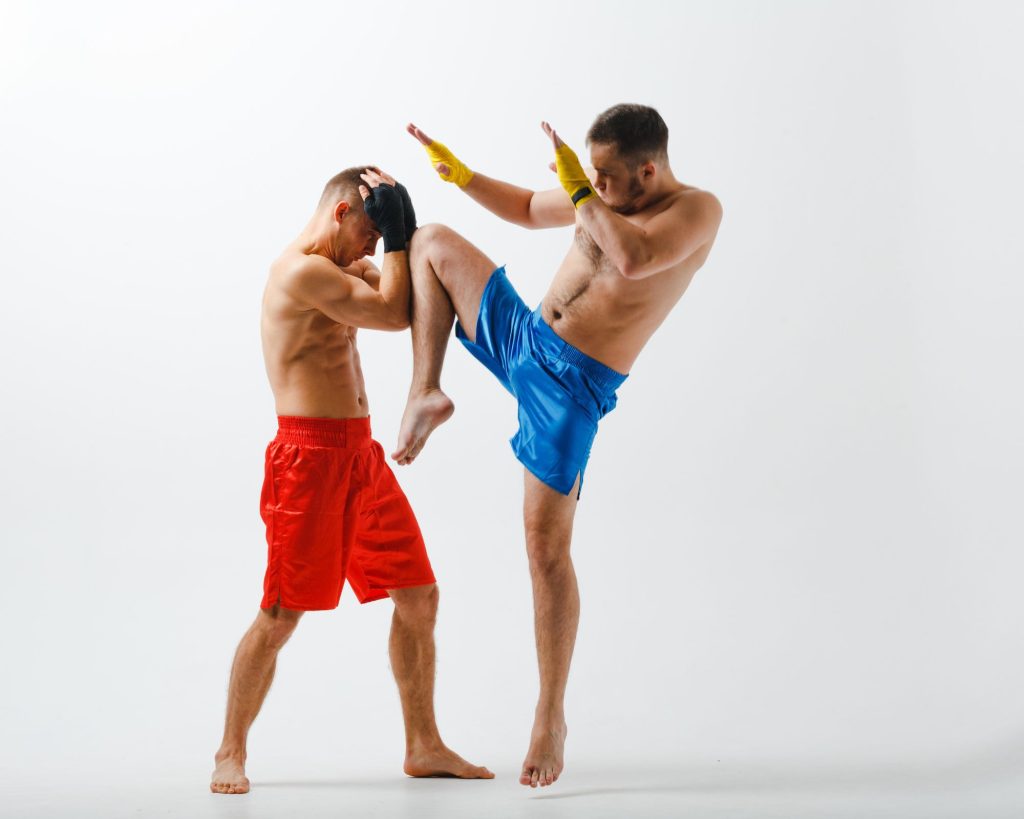
I hope you now have a deeper understanding of Aiki Jujutsu and Muay Thai. In all truth, it isn't at all about which discipline is "better." They each have their pros and cons, and they both are incredible martial arts that are worth looking into.
If you do plan on starting classes for either, please check out my other related posts! I've tried my best to answer all the FAQs related to the art.
Feel free to share this post and any graphics you like! And of course, if you have any questions or thoughts, drop them below or shoot me an email, and I'll be happy to assist. 🙂
[author-box-jpx-fitness]
